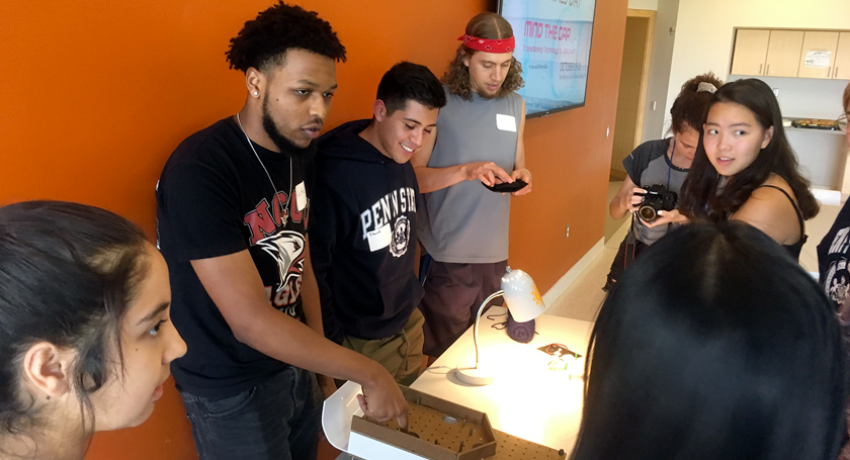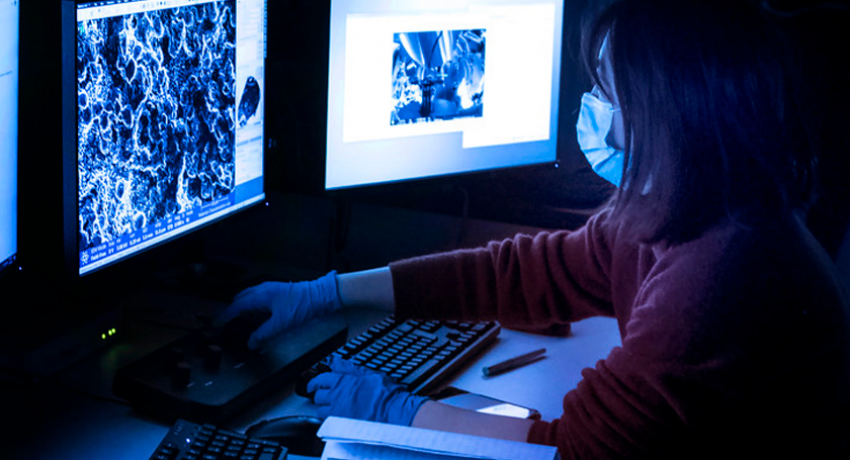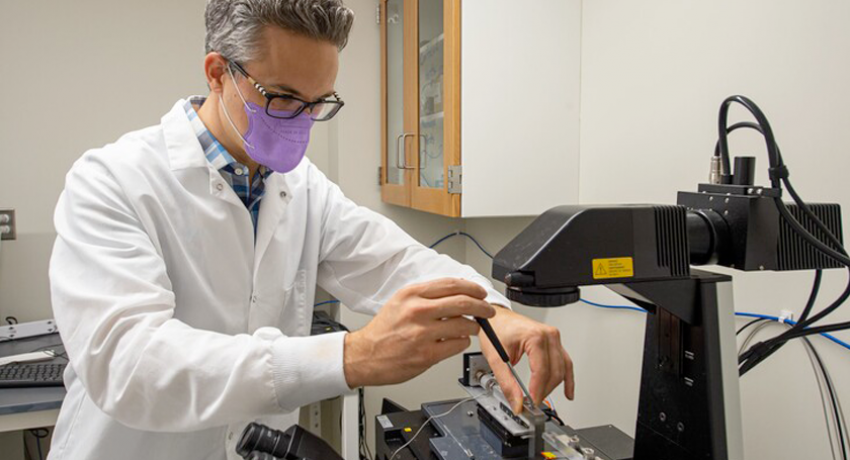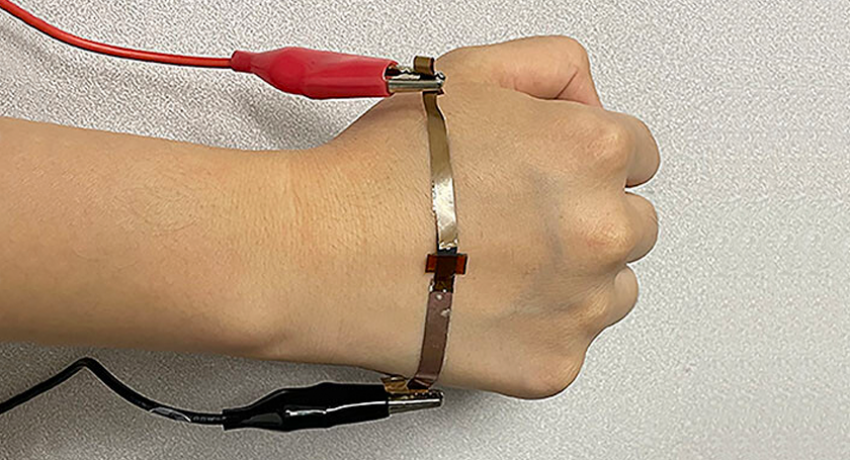Penn State Partners With Two Universities For Diversity In Materials Research
The National Science Foundation has named Penn State the lead partner to both Florida International University and North Carolina Central University as part of the Partnerships for Research and Education in Materials program.




